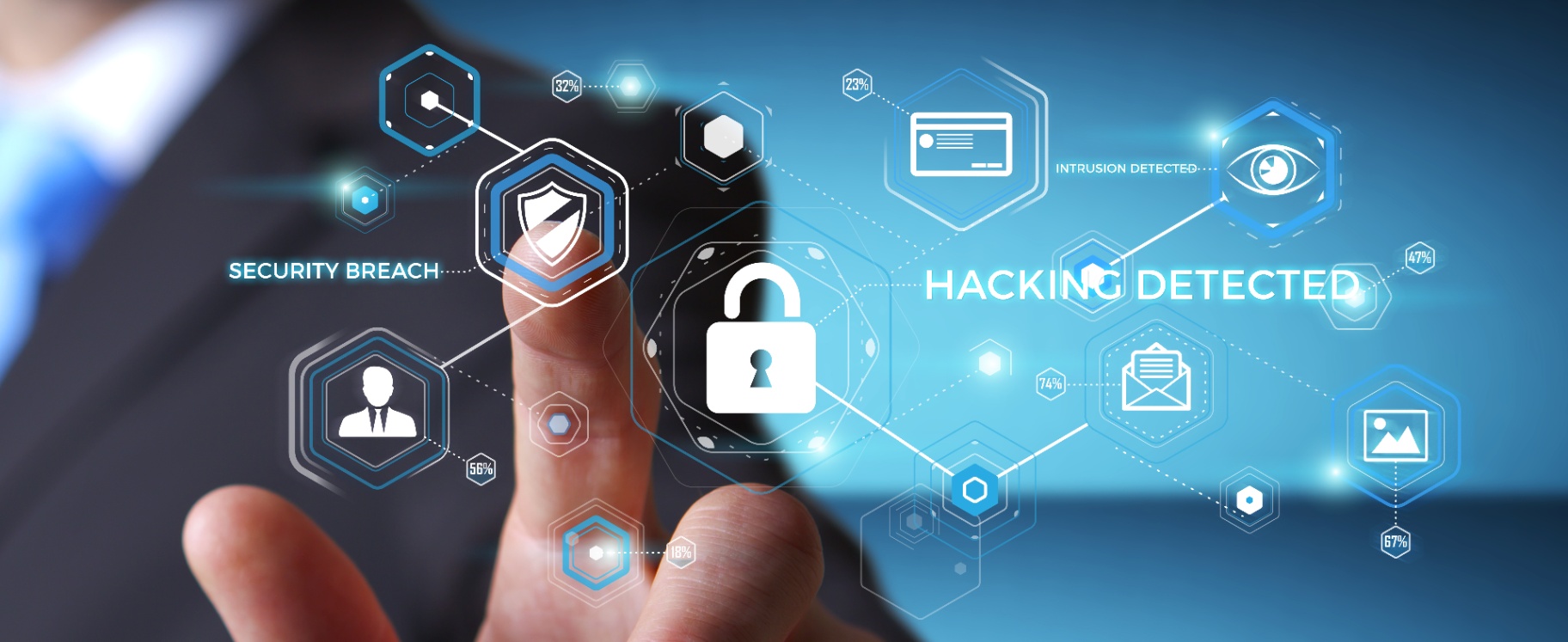This is not a drill. Right now, as you read this, sophisticated state-sponsored hackers are actively exploiting critical zero-day vulnerabilities in Cisco firewalls across the globe. The federal government has already issued Emergency Directive 25-03, requiring all government agencies to take immediate action by September 26th, that deadline has passed, but the threat to Connecticut businesses is just beginning.
If your business uses Cisco ASA (Adaptive Security Appliance) or FTD (Firepower Threat Defense) devices, you need to act within the next 24 hours. These aren't theoretical vulnerabilities, they're being exploited right now by the same threat actors who've successfully breached government networks worldwide.
The ArcaneDoor Campaign: Why Your Business Is in the Crosshairs
The threat actor behind these attacks, known as "ArcaneDoor," isn't some basement hacker. This is a sophisticated, state-sponsored group with advanced capabilities who've been systematically targeting internet-facing security devices. They're not just looking for any data, they want the crown jewels: financial records, customer databases, intellectual property, and network access that can be monetized or used for espionage.

Connecticut businesses are particularly attractive targets due to the state's concentration of financial services, healthcare, manufacturing, and technology companies. The vulnerabilities being exploited (CVE-2025-20333 and CVE-2025-20362) affect the very devices designed to protect your network perimeter. When these devices are compromised, attackers gain direct access to your internal network with minimal detection.
What makes this campaign especially dangerous is the attackers' ability to maintain persistence through device reboots and software updates. They're not just getting in, they're staying in, quietly exfiltrating data while you continue business as usual.
Why Connecticut SMBs Are Prime Targets
Small and medium businesses often assume they're too small to attract sophisticated attackers. This is a dangerous misconception. Connecticut SMBs face several unique risk factors:
Geographic Concentration: Connecticut's proximity to New York's financial district and Boston's tech corridor makes it a strategic location for data harvesting and network infiltration.
Industry Mix: The state's heavy concentration of insurance companies, pharmaceutical firms, aerospace manufacturers, and financial services creates a target-rich environment.
Resource Constraints: Unlike large enterprises, SMBs often lack dedicated cybersecurity teams to monitor for and respond to sophisticated threats.
Supply Chain Access: Many Connecticut SMBs serve as vendors or partners to larger organizations, making them attractive stepping stones for broader attacks.
The 7-Step Emergency Response Plan

Step 1: Immediate Asset Discovery and Risk Assessment (Next 2 Hours)
Stop everything else you're doing and inventory every Cisco device in your environment. This includes:
- All Cisco ASA firewalls (any version)
- Cisco FTD (Firepower Threat Defense) appliances
- Any Cisco security devices providing VPN or remote access
- Devices managed by third-party providers or cloud services
Document each device's model number, software version, and whether it's internet-facing. Pay special attention to devices that haven't been updated recently, these are the most vulnerable. If you're not sure what devices you have, check your network documentation or contact your IT provider immediately.
Step 2: Implement Emergency Monitoring (Next 4 Hours)
Enable maximum logging on all Cisco devices immediately. The ArcaneDoor attackers use advanced evasion techniques to avoid detection, so you need every piece of data you can get. Configure your logging to capture:
- All administrative access attempts
- Configuration changes
- Unusual traffic patterns
- Failed authentication attempts
- Any core dumps or system errors
If you don't have a SIEM system, start collecting logs manually and review them for suspicious activity. Look for logins from unusual IP addresses, configuration changes you didn't authorize, or traffic patterns that seem abnormal for your business.
Step 3: Collect Forensic Evidence Before Making Changes (Next 2 Hours)
Before you apply any updates or make configuration changes, collect forensic evidence from your devices. This is critical because any changes you make could overwrite evidence of compromise.
Generate and save core dump files from all public-facing devices. Document current configurations and running processes. Take screenshots of any suspicious logs or alerts. This evidence will be crucial if you discover a breach and need to understand what data may have been compromised.
Step 4: Apply Critical Security Updates Immediately (Next 8 Hours)
Download and install the latest Cisco security updates for all affected devices. Prioritize internet-facing devices and those providing VPN access.
If updates aren't available for your device model, you have three options: implement additional security controls, temporarily disconnect the device from the internet, or replace it immediately. Yes, this might disrupt business operations, but the alternative: being secretly compromised for months: is far worse.
Test each update in a non-production environment if possible, but don't let testing delay deployment beyond 24 hours. The threat is active right now.
Step 5: Deploy Additional Security Layers (Next 12 Hours)
While you're updating devices, implement additional security controls to limit exposure:
- Deploy a Web Application Firewall (WAF) in front of vulnerable devices if possible
- Restrict administrative access to specific IP addresses
- Implement multi-factor authentication for all device management
- Consider temporarily blocking all non-essential international traffic
- Enable additional intrusion detection systems if available
These measures won't stop a determined attacker, but they'll make compromise more difficult and give you better visibility into attack attempts.

Step 6: Coordinate with Your Security Partners (Next 4 Hours)
Contact your cybersecurity insurance provider, managed service provider, and any security vendors immediately. Many providers are issuing emergency guidance and may have additional tools or resources available.
If you're working with cloud service providers, coordinate with them on device updates and additional security measures. Establish clear communication channels for reporting any suspicious activity or potential compromise.
Step 7: Activate Incident Response Procedures (Ongoing)
Prepare your organization for the possibility that you've already been compromised. This means:
- Briefing your leadership team on the situation and potential business impact
- Preparing communication templates for customers, vendors, and regulators
- Identifying critical business processes that would be affected by network isolation
- Establishing criteria for when to disconnect affected systems
- Planning for business continuity if primary network access must be interrupted
Don't wait for confirmation of compromise to start these preparations. By the time you detect an intrusion, the attackers may have been in your network for weeks or months.
Beyond the Emergency: Building Long-Term Resilience
This crisis highlights a fundamental problem with traditional perimeter security models. When your firewall becomes the attack vector, you need defense strategies that assume breach from the start.
Zero Trust Architecture isn't just a buzzword: it's becoming essential. Instead of trusting everything inside your network perimeter, Zero Trust requires continuous verification of every user, device, and connection. This approach would have limited the impact of these Cisco vulnerabilities significantly.
Vulnerability Management must become a core business process, not an IT afterthought. The trend of nation-state actors exploiting edge devices will continue, and the time between vulnerability disclosure and active exploitation is shrinking rapidly.

Network Segmentation can limit the damage when perimeter devices are compromised. If attackers breach your firewall but find only isolated network segments with limited access, the impact of compromise is dramatically reduced.
The Bottom Line: Act Now, Improve Forever
The ArcaneDoor campaign represents a new reality in cybersecurity: sophisticated attackers are systematically targeting the very devices designed to protect us. Connecticut businesses can't afford to wait for "official" guidance or detailed threat intelligence reports.
If you have Cisco ASA or FTD devices in your environment, you need to act within the next 24 hours. Start with Step 1 of the emergency response plan and work through each step systematically. Don't try to do everything at once: focus on immediate threat reduction first, then build long-term resilience.
The federal government's emergency response should be your wake-up call. When CISA issues emergency directives with 48-hour deadlines, it means the threat is immediate and severe. Your business faces the same risks as government agencies: but without the same resources and support systems.
Ready to secure your business against advanced threats like ArcaneDoor? FoxPowerIT's vulnerability scanning services can help you identify and remediate security gaps before attackers exploit them. Our team understands the unique challenges Connecticut businesses face and can help you implement both emergency response measures and long-term security improvements. Don't wait for the next zero-day alert: contact us today to assess your current security posture and develop a comprehensive protection strategy.

